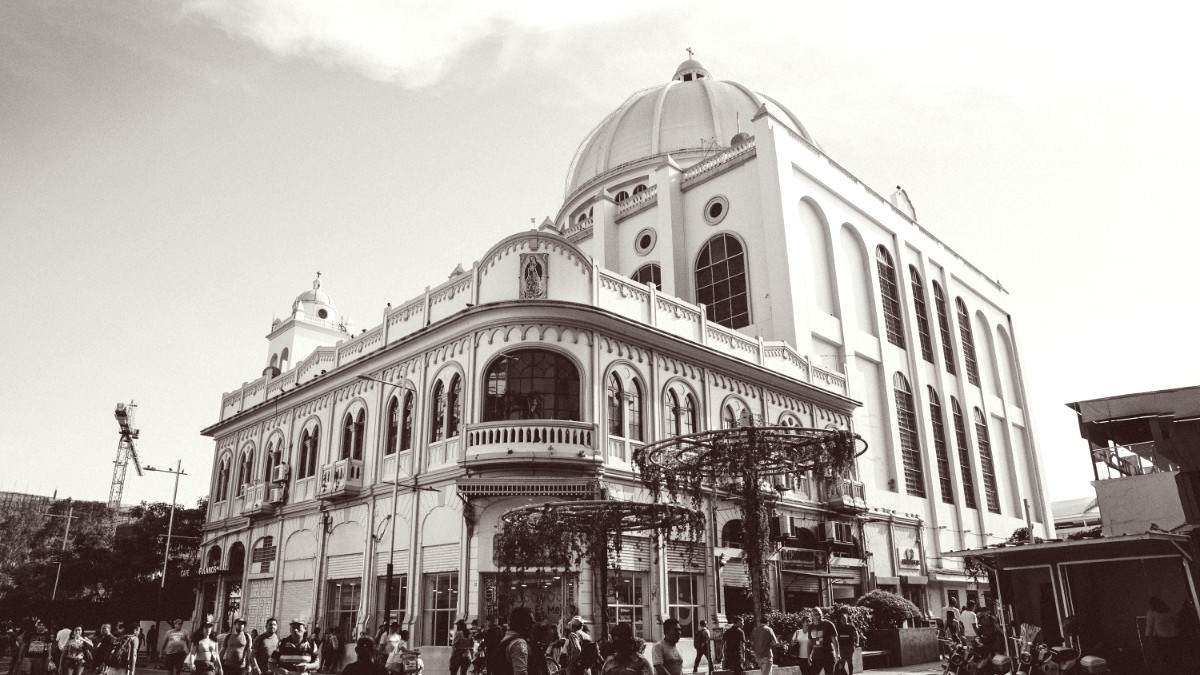
El Salvador
San Salvador's public transportation system mainly relies on an extensive bus network. There are no metro or tram systems operating within the city. Buses serve as the main mode of public transport for locals. They are privately owned and operated but follow fixed routes, known as "rutas." You will find a variety of bus types, ranging from older, often colorful "chicken buses" (converted school buses) to more modern, sometimes air-conditioned units.
Buses can be crowded, especially during peak hours, but they give an authentic glimpse into daily Salvadoran life. Official, comprehensive route maps for tourists are not widely available or easy to interpret. Various points in the Historic Center, like areas near Parque Hula Hula or Plaza Gerardo Barrios, act as informal hubs where many bus routes converge. Major commercial areas also function as transfer points.
Do not hesitate to ask bus drivers or fellow passengers for assistance regarding routes and stops. Salvadorans are generally helpful.
Google Maps can give some bus route information, though its accuracy may vary. Always verify with a local if unsure.
Buses are identified by route numbers on the front window, along with signs showing their final destination or major points.
Serves Western El Salvador.
Connects to Eastern El Salvador.
Coastal destinations and airport connection.
Pullmantur, Ticabus, King Quality for regional travel.
Taxis and ride-sharing apps have comfortable and direct transportation options, especially for longer distances or when carrying luggage. They offer a good alternative to public buses for convenience and safety.
Use taxis recommended by your hotel or radio-dispatched services for better safety.
Do not hail unmarked or suspicious vehicles on the street.
Avoid hailing taxis alone late at night; prefer ride-share apps or pre-booked options.
Car rentals offer flexibility for exploring outside the city. Other vehicle types like motorcycles and bicycles have limitations within San Salvador's urban environment.
Main roads and highways are generally well-maintained and in good condition.
Rural roads are poor or unpaved after heavy rains.
Driving at night outside major urban areas is not recommended due to poor lighting and security.
Aggressive driving, pedestrians, and animals are common.
Parking is available at shopping malls, hotels, and some attractions (often for a fee).
Prefer secure, guarded parking lots ("parqueos").
When walking in busy areas, especially markets, keep your bag close to your body.
Avoid flashing valuables like phones or cameras to minimize attention.